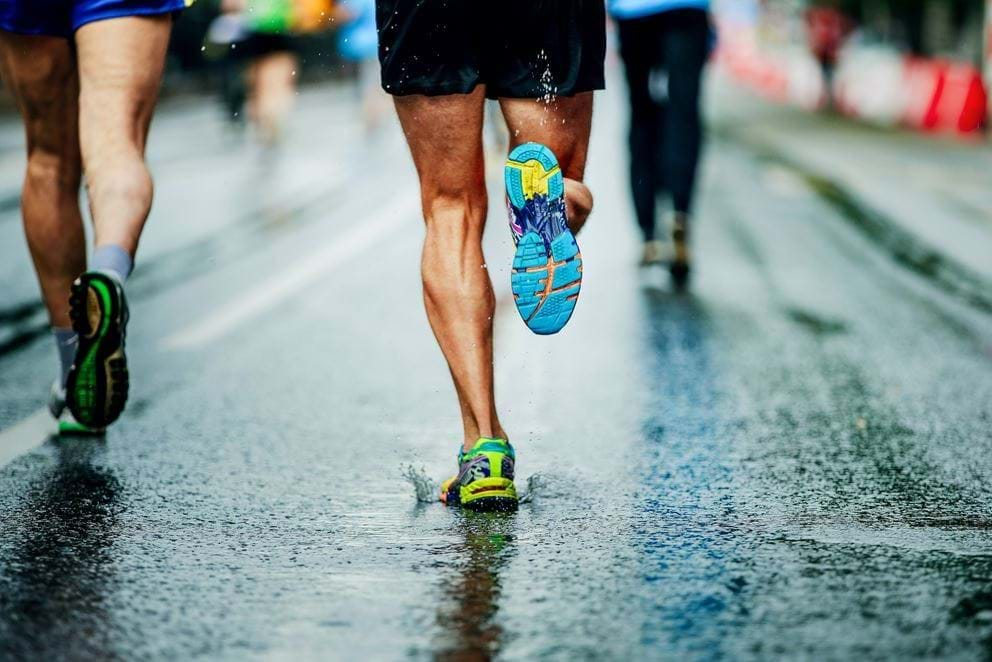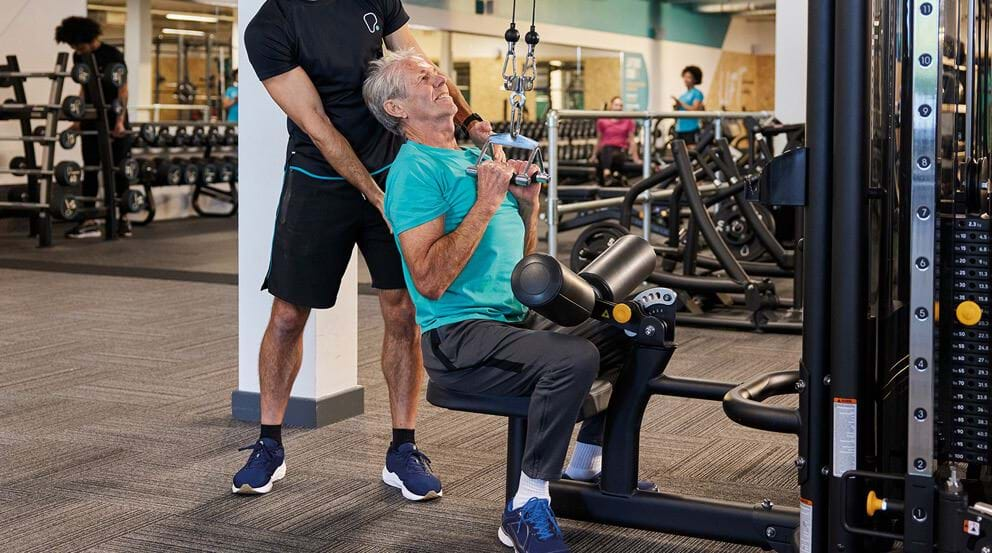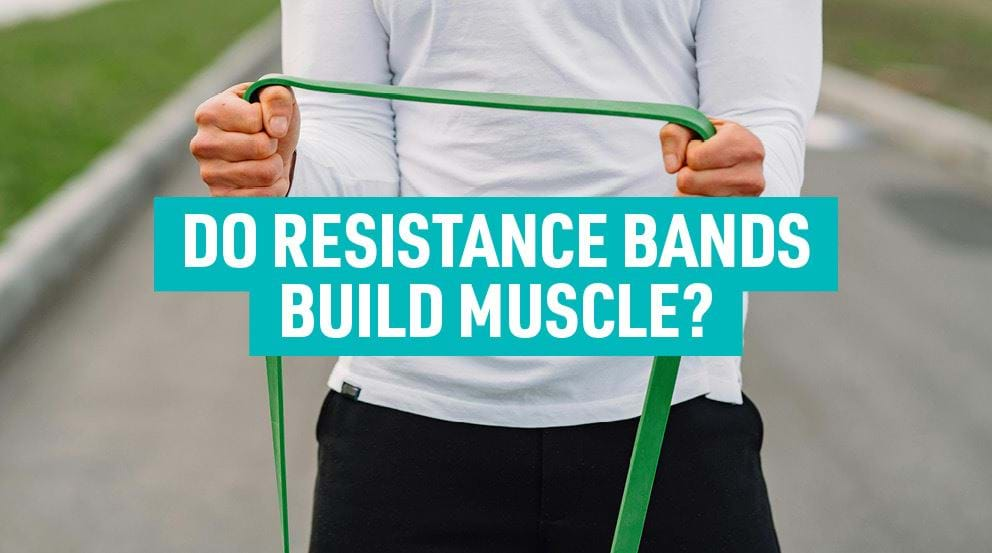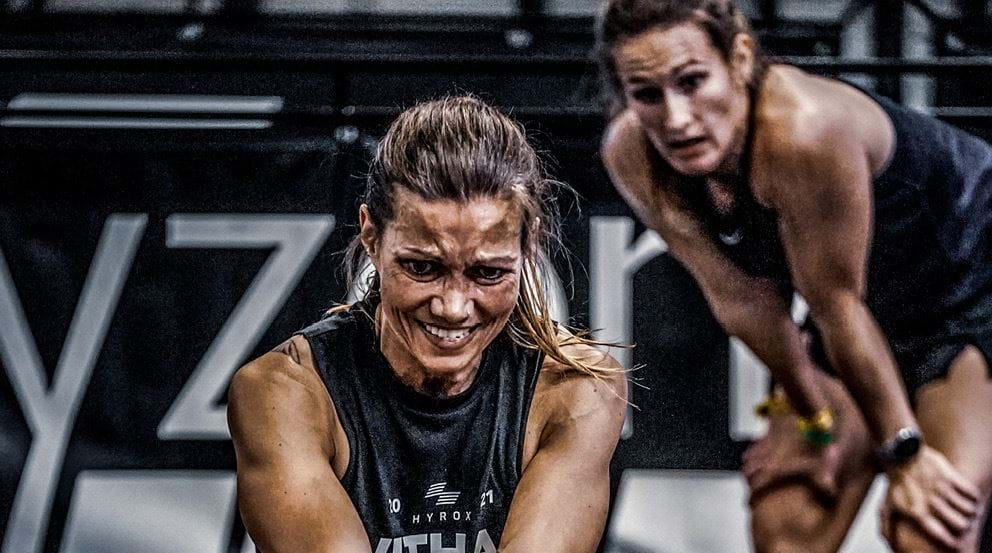Choosing the right running shoes

If you want to take up running, it's essential to think about footwear. Having the right shoes can make a huge difference to your progress and performance. Good trainers will reduce the risk of injury, and you'll be more likely to achieve your running goals. Your trainers should definitely be the most important part of your kit.
But with so many makes and models out there, choosing the right running shoes can be a daunting task. Don't be overwhelmed. Our guide will help you select a style to suit you.
DO
1. Consult the experts
Visit your local running or sports store where you'll be able to get advice from specialist staff. They will talk to you about your running, and help find a shoe that suits your needs, running style and shape.
2. Consider gait analysis
Many stores offer a gait analysis service. This is where you are videoed as you run on a treadmill for a few minutes. The footage is analysed in slow motion to determine how you run. The person analysing the video will look at the movement of your foot as it strikes the ground. They'll measure the degree of pronation, which is the natural roll of the foot. Overpronation is when the feet roll inward too much, and underpronation is when the feet don't roll forward enough. Once you have this information you know whether to try shoes for cushioning or support. Whether you are an experienced runner or new to the sport, gait analysis identifies your running style, so you'll be able to select the right shoes for your running style.
3. Think about terrain
Before you buy any trainers it's important to consider where you'll be running. You may be running on a treadmill, trail, road, or even on the fells. You need to buy shoes that are suitable for the terrain. Running shoes are adapted for different kinds of environment. Fell shoes, for example, have studs that wouldn't be suitable for road running.
4. Go for comfort
Make sure you choose a shoe that's comfortable as soon as you try it on. Don't think you'll be able to wear them in because this will be very uncomfortable, and is likely to cause painful blisters that'll put you off running.
5. Run before you buy
You'll be running in the shoes so it's important to run in them before you buy. Some stores have treadmills, others are happy for you to run outside. It's useful to try a range of brands, styles and sizes to make sure you pick one that's right for you.
DON'T
1. Go for the cheapest option
When you're faced with so many different models with different technical jargon it's all too easy to go for the safest, cheapest option. Try to resist. You don't have to spend a huge amount of money, but it's worth investing in a good pair of running shoes.
2. Think any old trainer will do
It's not a case of any old trainer will do. A good running shoe can really boost your performance. Running shoes are designed specifically for runners. Technology has evolved to take into consideration style of running, support, cushioning, and motion control. An old pair of trainers or gym shoes won't be suitable for the demands of running.
3. Forget to replace your shoes
How often you need to replace your trainers will depend on your running style, weight and choice of terrain. Generally, you should replace your trainers every 400 to 500 miles. If you run in worn-out trainers you are risking injury.
Looking to get other forms of cardio into your routine? Check out the video below.


